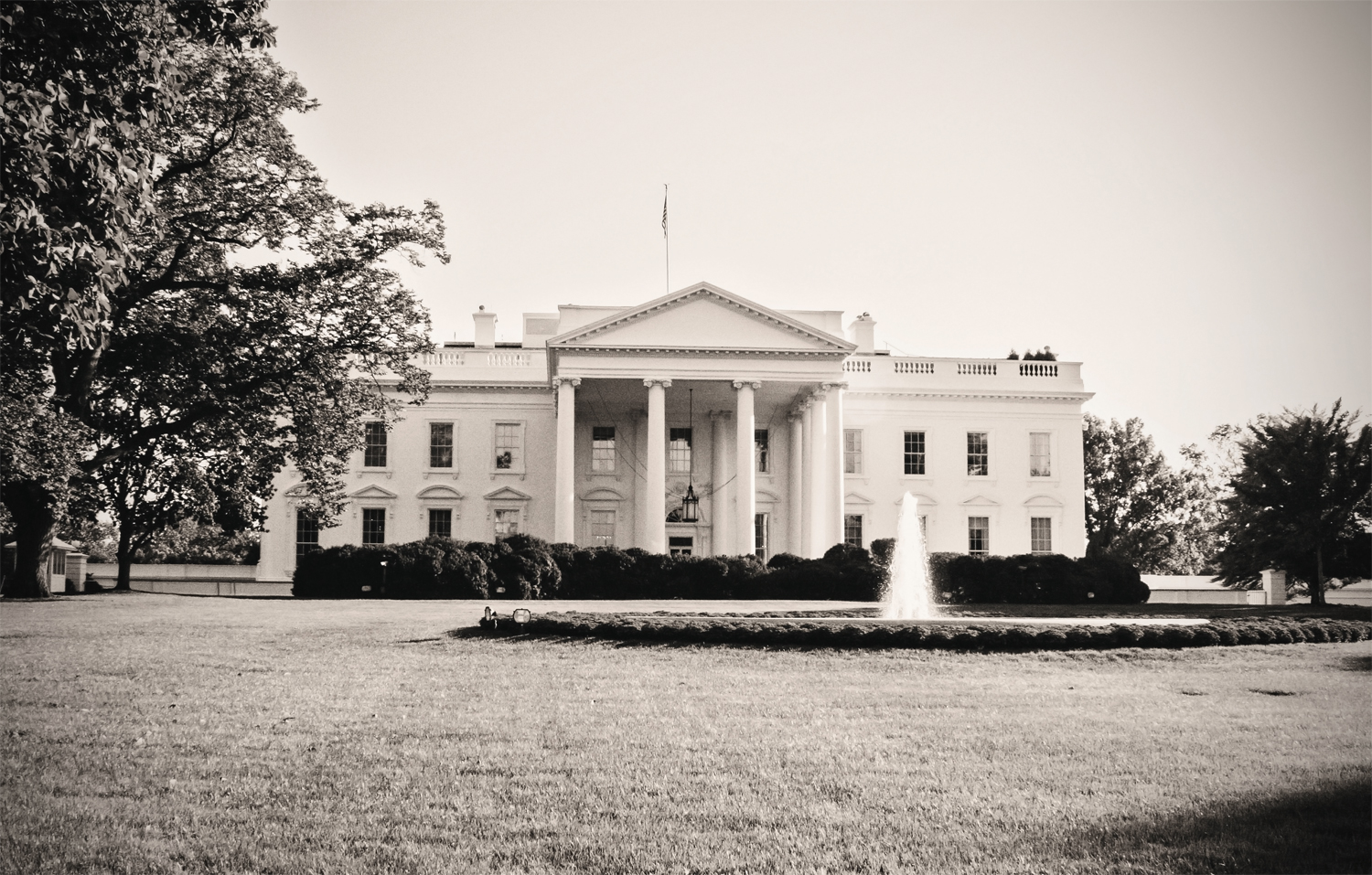In the past few weeks and months, I’ve seen headlines suggesting that the new roll out of Executive Orders themselves are enough to undo Obama-era regulations. Just this past week, President Trump signed an Executive Order on climate change that heralded headlines like, “President Trump Signs Executive Order Rolling Back Obama-Era Environmental Regulations.”
Well, not exactly. It’s not that easy.
Think of an Executive Order like an email from your company’s leadership requesting action on a certain topic. It may happen, it may not. It is simply a request from the top to look into something.
If we read the actual text of the Executive Order, you’ll see it’s more of a directive to the heads of agencies to begin reviewing “existing regulations that potentially burden the development or use of domestically produced energy resources and appropriately suspend, revise, or rescind” rules that are overly burdonsome. Other directives are aimed directly at the head of the Environmental Protection Agency, specifically the climate change rule on power plants.
Reviewing a regulation and proposing to rescind it is not the same thing as pressing an Undo button. Actually, this process will likely take years, and perhaps even more years in litigation, before any of the Obama-era climate change rules are actually reversed.
(Admittedly, the Executive Order does rescind President Obama’s Executive Orders on climate, but those orders, like this new Executive Order, weren’t federal rules to begin with.)
Let’s step back and take a look at how a federal rule is made. Rules carry the weight of law, but are not laws.
Once an agency has determined that it needs to draft a new regulation, a team of lawyers, scientists, and other relevant experts get to work. They’ll work together to compile the science that will ultimately support the rule, then draft the rule.
The bulk of the drafting work, actually, comes in the preamble to the proposed rule — the justification for it. Courts have determined that an agency has to have a “rational basis” for every decision and element in a final rule. That is a fairly low bar; it just means an agency has to have to have a reason – but sometimes, not being able to come up with just one supported reason has been enough to take down a rulemaking.
This process can take well over a year itself, because at a certain point, everyone from the agency executives on down will need to agree to the final numbers and requirements that will appear in the rule as well as the reasoning to support those figures. I’ve heard of very complicated and technical rules taking 5-10 years just to get past this stage. And this is all before the public is even aware that a proposed rule is in the works.
Once an agency is finished drafting the proposed rule with supporting documentation, they will publicly issue a Notice of Proposed Rulemaking. This notice lays out what they’d like to do and their reasons for doing it. The public (that’s you!) then has 60 days (generally, it can and does get extended) to send letters, emails, and other comments to the agency. On a controversial rulemaking, an agency could receive tens of thousands of comments. And they have to read every single one.
If this is an environmental rule, what this usually looks like is industry arguing the proposed rule is too stringent while environmentalists either support the proposed rule or argue it doesn’t go far enough. This is the chance for everyone to get their voice heard.
So, yes, once the comment period is closed, an agency has to read through all of these comments. And then they have to come up with a rational basis to ignore or incorporate every single comment. They simply can’t walk away from a valid argument; they need to address every single one in the final rulemaking. (Not properly addressing a comment is grounds for litigation and could get the rulemaking overturned in court.)
Sometimes, comments really do affect the final rule. Someone may bring up an argument or data point the agency hasn’t heard before, or an argument the agency simply can’t ignore under the rational basis test. This process is supposed to be a dialogue, and agencies typically respect this back and forth with the public, using it as an additional means to educate themselves to the impact of a proposed rule.
At this point, the agency will begin drafting its final rule. The final rule will include the rule itself as well as all of the agency’s responses to the comments too. This, as you can imagine, takes a lot of time. This process itself could take another year for the agency to complete.
So. Why are we diving so deep into the regulatory process? Because to undo a federal rule, agencies need to go through the same exact process. They can’t simply erase the rule from their books and call it a day.
To undo a climate change regulation, an agency will have to use its lawyers, scientists, and other experts (yes, often the same people who drafted the rule in the first place) to come up with a rational basis to reverse the existing climate change rule. They’ll then need to inform the public and accept comments, and then find a rational response to each and every comment.
Of course, once that work is done, the lawsuits will come pouring in. Environmental nonprofits know exactly how to target rulemakings, looking at breaks in the process or breaks from science to support their arguments. Once a rulemaking is being litigated, it can be years before it is actually enforced.
So, no, one executive order isn’t going to get rid of all the climate change rules. Keep that in mind as the Executive Orders continue to roll out.







